Introduction
Understanding nonverbal autism goes beyond the absence of spoken communication. It's about recognizing the rich inner world that individuals possess and finding alternative methods to give them a voice. This article delves into the experiences and capabilities of nonverbal individuals with autism, shedding light on their unique challenges and the transformative power of communication tools.
From stories of breakthroughs to research on social interaction, this article empowers Parent Advocates with guidance and resources to navigate the complexities of nonverbal autism and ensure the well-being of their children. Join us on this empowering journey of understanding and support.
What is Nonverbal Autism?
Understanding the nuances of nonverbal autism requires a deep dive into the experiences and capabilities of those who live with it. Nonverbal autism represents a subset of the autism spectrum where individuals face pronounced difficulties with spoken communication. Despite this, it is a misconception to associate nonverbal autism with an absence of rich thoughts or feelings. These individuals often possess a profound inner world but encounter barriers in sharing it through speech.
The transformative power of alternative communication methods is evident in stories like that of Joshie, a 10-year-old nonverbal child who began to communicate using pictures on an electronic tablet. His father, Mr. Harris, witnessed this breakthrough as a pivotal moment, advocating for educational inclusivity and spearheading initiatives like installing picture boards in Peterborough. Such technology is not merely an aid but a life-changing tool that has given Joshie a voice, transforming him into an international figure for non-speaking children.
Similarly, an anecdote from a medical conference recounts the story of a non-speaking autistic teenager misunderstood as uncomprehending, who shocked everyone by expressing his pain through a preschool alphabet toy. This moment sheds light on the profound misunderstanding that can occur when someone's ability to understand is underestimated due to their communication challenges.
Jordyn Zimmerman's journey exemplifies the impact of technology on the lives of nonverbal individuals. As a non-verbal autistic woman, Zimmerman has harnessed an iPad communication app to become an educator and disability rights advocate. Her story underscores the necessity for augmentative communication tools to be accessible to everyone, allowing those like her to share their insights and engage with the world.
Current research on social communication, such as the differentiation between genuine and posed smiles, offers further context. The nuances of these smiles and the intergroup biases they may reveal are part of the broader landscape of social interaction that nonverbal individuals navigate differently. Understanding these subtleties is crucial in appreciating the complex ways in which nonverbal individuals with autism experience and interpret the world.
The stories and research collectively underline the importance of recognizing the unique challenges faced by nonverbal individuals with autism. They highlight the need for society to adapt and provide supportive communication strategies, ensuring that every individual has the opportunity to express themselves and connect with others.
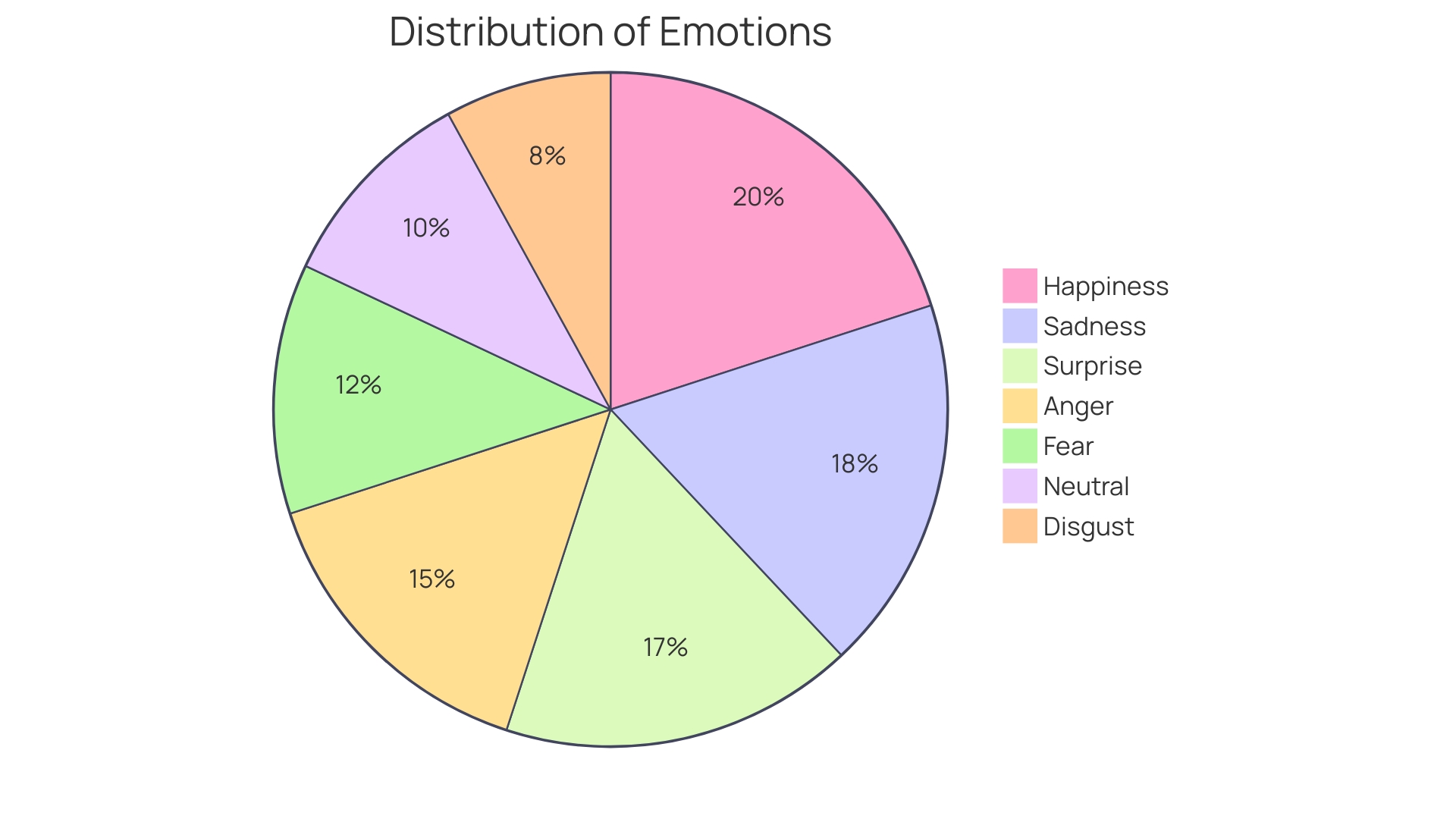
Symptoms and Characteristics of Nonverbal Autism
Autism Spectrum Disorder (ASD) encompasses a range of conditions that manifest uniquely in each individual, influencing behavior, social interactions, and communication. Nonverbal autism, a subset of ASD, is particularly characterized by a distinct set of challenges. Individuals may exhibit limited or absent speech, find it difficult to initiate or partake in conversations, and often rely on gestures or alternative nonverbal communication methods. Recognizing and interpreting social cues can be a hurdle, and they may have specific repetitive behaviors or focused interests, as well as heightened sensory sensitivities.
Understanding nonverbal autism requires a personalized approach, as symptoms and their intensity vary widely. The story of Joshie, who began to communicate using pictures on an electronic tablet, underscores the transformative power of tailored communication tools. His father, Mr. Harris, successfully campaigned for the installation of 100 picture boards in Peterborough, showing how such support can be life-changing. The incident at a medical conference where a non-speaking autistic teenager conveyed his pain through an alphabet toy serves as a powerful reminder that the absence of speech does not equate to an absence of understanding or the need for help.
With 1 in 70 people estimated to be autistic in the UK alone, it's clear that ASD is a widespread condition. Yet, employment statistics reveal that only 3 in 10 working-age autistic individuals are employed, highlighting the need for increased awareness and support. Initiatives aimed at improving the autism employment rate over the next five years are underway, demonstrating commitment to fostering an inclusive workforce that recognizes the valuable contributions autistic individuals can make.
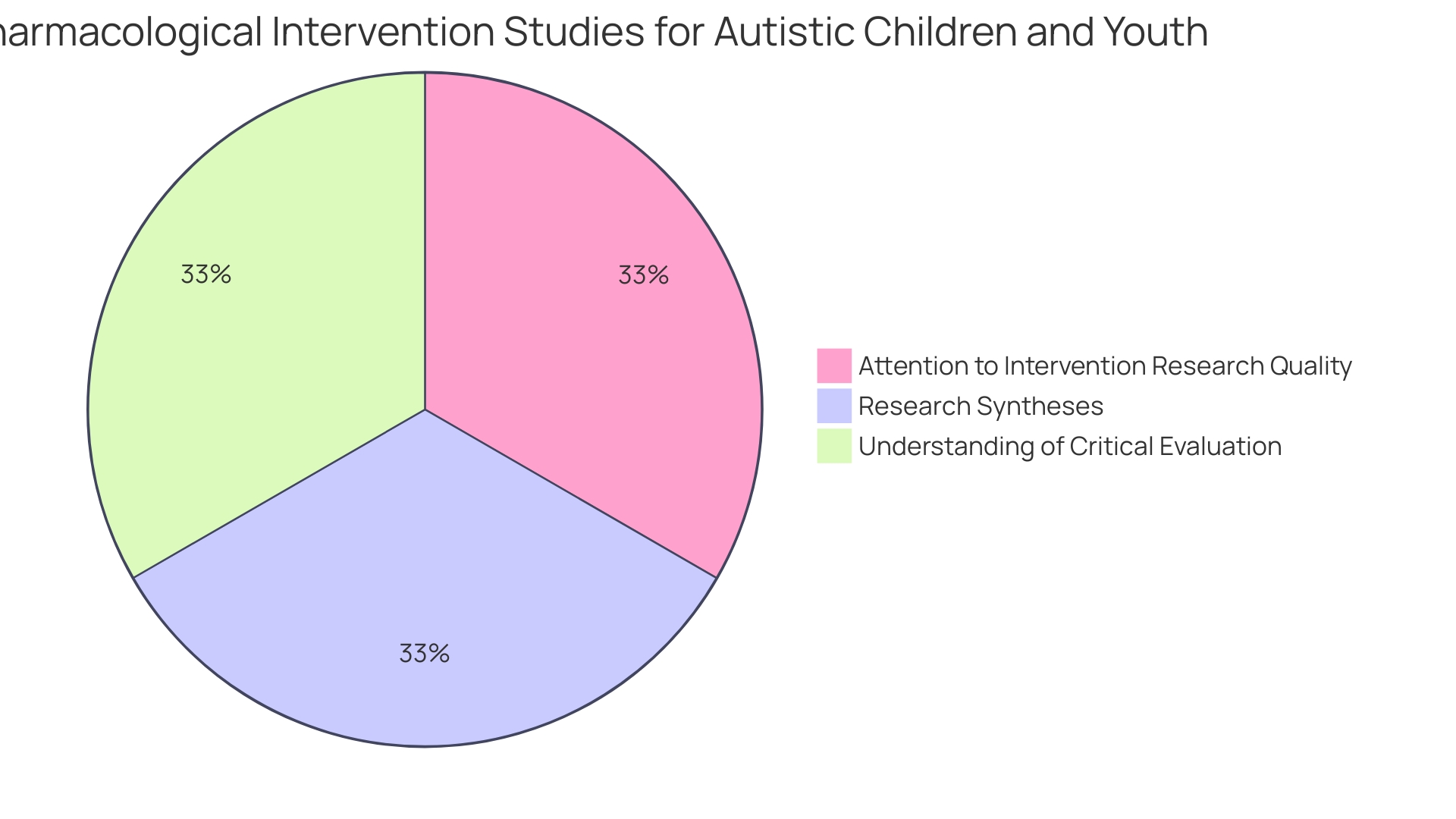
Diagnosis and Assessment of Nonverbal Autism
Professionals such as developmental pediatricians and child psychologists are crucial in diagnosing autism spectrum disorder (ASD) in nonverbal individuals, employing a thorough evaluation that encompasses the individual's developmental history, communication abilities, social interactions, and behavioral patterns. Standardized tests, alongside observations and discussions with those close to the individual, like parents, caregivers, and educators, form the basis of this assessment.
In the case of a non-speaking autistic teenager, the importance of understanding beyond verbal communication was highlighted when he conveyed his pain through a preschool alphabet toy, typing 'help me it hurts.' This poignant example underscores the need for careful and comprehensive evaluations that look beyond speech and behavior to truly understand an individual's experiences and needs.
Diagnosis is guided by the criteria set forth in the American Psychiatric Association's Diagnostic and Statistical Manual, Fifth Edition (DSM-5), and involves a combination of parental or caregiver input as well as professional observation. No single diagnostic tool should be the sole basis for diagnosis, and in certain situations, a primary care provider may refer the child to a specialist for a more detailed assessment.
Moreover, recent advancements in technology, such as utilizing AI to analyze retinal images, are emerging as potential tools to aid in early diagnosis of autism. Korean scientists have tested such AI on retinal images from children, suggesting new avenues for understanding and diagnosing ASD.
Understanding that speech does not equate to language capacity is also vital. Alternative communication methods, like sign language for the deaf community, demonstrate that language can be expressed in various ways beyond spoken words. Similarly, nonverbal individuals with autism may benefit from multimodal communication aids such as Makaton or the Picture Exchange Communication System (PECS) to express themselves.
Supporting nonverbal individuals with autism involves recognizing their unique developmental trajectory, which can differ from their peers, especially in the realms of social communication and interaction. Resources that promote development, such as public awareness campaigns and science-based programs, offer tools to enhance early cognitive and vocabulary skills in children with autism.
Ultimately, the assessment process aims not just to determine if an individual meets the criteria for ASD but also to ascertain their specific strengths and challenges, fostering a supportive environment for their growth and well-being.
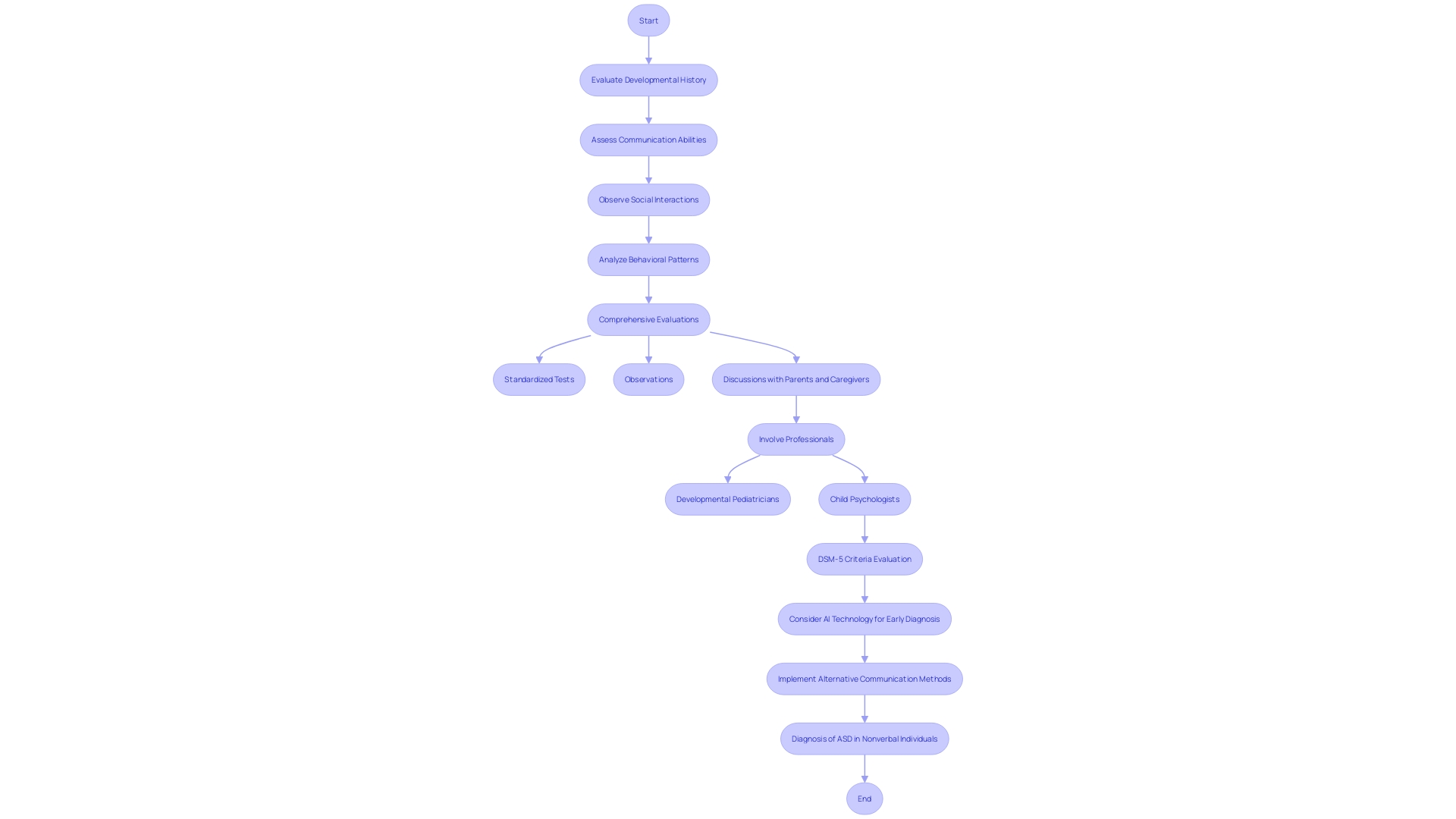
Communication Challenges in Nonverbal Autism
Navigating the world of nonverbal autism involves understanding the unique ways in which these individuals communicate. Without traditional spoken language, expressions of needs, desires, and feelings can be complex and require alternative methods. Picture exchange systems, sign language, and technological devices are tools that can bridge this communication gap. For instance, picture boards installed in public spaces have proven transformative, as in Peterborough, where such installations have been life-changing for nonverbal individuals. Similarly, the use of an electronic tablet allowed a child named Joshie to communicate with pictures, a breakthrough that his father described as the biggest moment of his life, underlining the potential for technology to unlock incredible cognitive abilities.
Moreover, the importance of augmentative and alternative communication (AAC) is highlighted by individuals like Jordyn Zimmerman, a nonverbal autistic educator who, through the use of an iPad app, has been able to share her insights and advocate for disability rights. Her story exemplifies the empowerment that comes with finding one's voice, no matter the medium.
Research into nonpharmacological interventions for autistic individuals underscores the need for quality and respect in developing communication support methods. It is crucial for those involved—parents, caregivers, and professionals—to not only encourage the development of these skills but also to critically evaluate the effectiveness of interventions, ensuring they are beneficial and respectful to the community.
As we strive to support nonverbal individuals with autism, stories of breakthroughs and advancements in communication tools serve as both inspiration and a call to action. These developments remind us that every person has the right to be heard and understood, and through dedication and appropriate support, that right can be upheld.
Alternative Communication Methods for Nonverbal Individuals
Unlocking communication for nonverbal individuals with autism is a transformative journey that empowers them to express their needs, desires, and thoughts. Visual supports, including picture schedules and communication boards, provide a visual method of understanding and interaction that can be especially helpful for those who find verbal communication challenging. Additionally, augmentative and alternative communication (AAC) devices offer dynamic platforms for expression, enabling users to select words and construct sentences to convey their messages.
Sign language provides a tactile and kinesthetic mode of communication, tapping into the potential for gesture-based interaction. Social stories, personalized and descriptive narratives, teach social norms and behaviors through relatable scenarios, fostering understanding and social skills development. These tools not only facilitate communication for individuals with autism but also significantly enhance their quality of life by providing a voice to those who might otherwise be unable to share their inner world.
The importance of these communication methods is echoed in the stories of those like Elizabeth Bonker and Jordyn Zimmerman, who have overcome barriers to make their voices heard. These individual successes highlight the broader potential for alternative communication methods to change lives, as exemplified by organizations and advocates tirelessly working to ensure that communication access is recognized as a fundamental right for all.
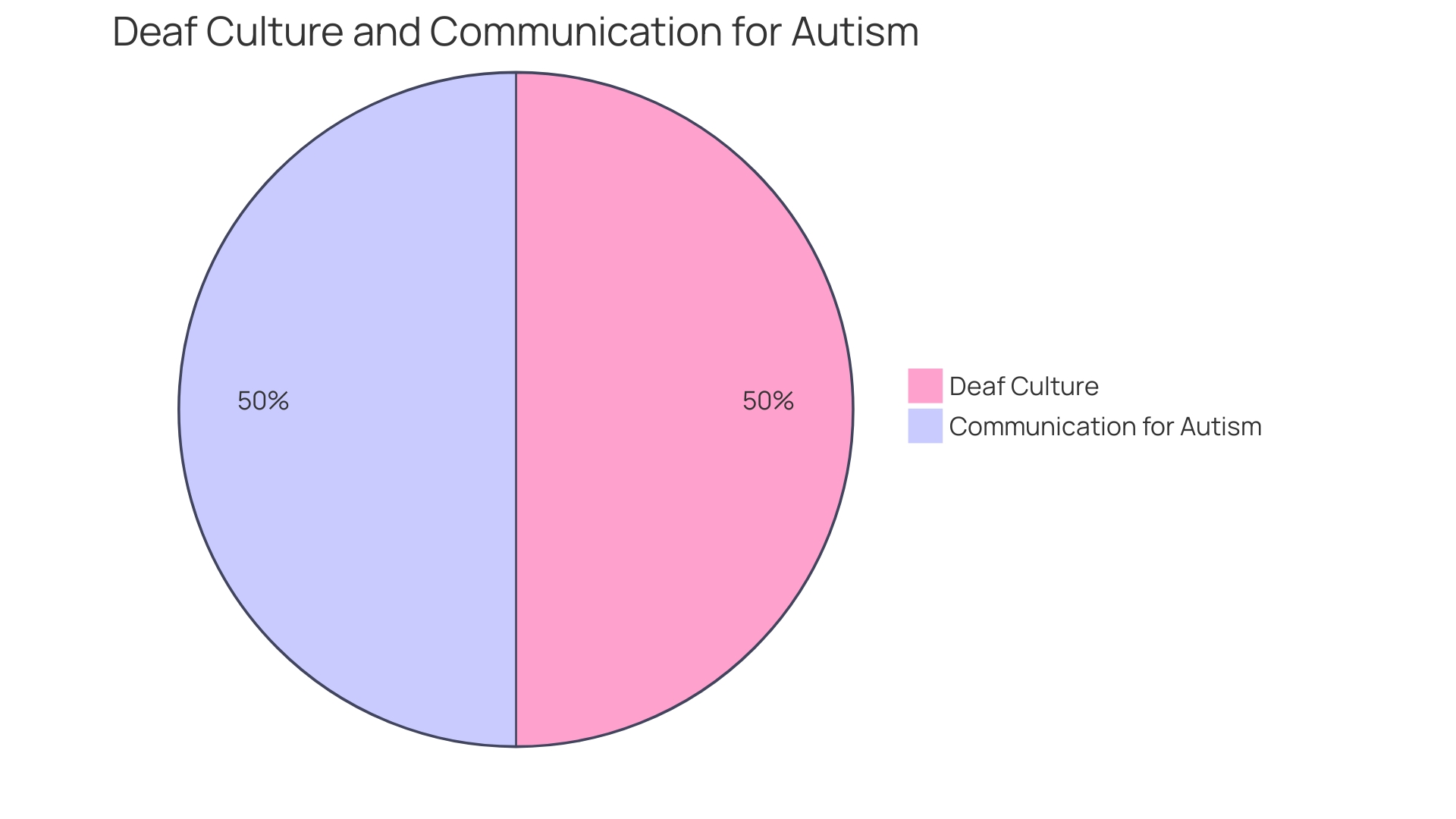
Social Interaction Difficulties in Nonverbal Autism
Navigating the realm of social interaction can be especially challenging for nonverbal individuals on the autism spectrum. The ability to decode social cues, engage in meaningful exchanges, and understand the emotional landscapes of others is often not intuitive for them. Tailored support that focuses on enhancing these social competencies is paramount. Techniques such as social skills training and the use of social stories can be instrumental in facilitating better social understanding. Moreover, engaging in structured social activities can offer practical avenues for nonverbal individuals to practice and improve their interactive abilities. These interventions are not only supportive but also respect the unique developmental trajectory of each individual with autism.
For instance, groundbreaking research by the University of Geneva unveiled that the focus of attention in autistic children evolves distinctly, emphasizing the need for early, personalized interventions to bolster social attention. Such findings underscore the importance of interventions that are cognizant of the individual nuances present in autism spectrum disorders. Recognizing the innate abilities and preferences in attentional focus from infancy can lay the groundwork for interventions that align with each child's specific developmental path.
The urgency of understanding and support is highlighted by poignant stories, like that of a non-speaking autistic teenager who, when assumed to be detached, reached out using a preschool alphabet toy to express his pain. This instance serves as a powerful reminder that the behaviors of nonverbal individuals with autism may be misunderstood and that their capabilities and needs for communication should never be underestimated. By fostering an environment that prioritizes individualized care and acknowledges the potential for growth and adaptation, we can help nonverbal individuals with autism to better navigate their social world.
Understanding and Interpreting Nonverbal Cues
Understanding and responding to nonverbal communication is a nuanced skill, critical for social interaction. For individuals with nonverbal autism, this can be especially challenging. The subtleties of a furrowed brow or the stance of a body can convey volumes, yet the ability to interpret these signals may not come naturally to those on the autism spectrum. Research indicates that nonverbal behaviors, such as posture, facial expressions, and eye contact, can reveal intentions and emotions often more profoundly than words. These cues are integral to forming social bonds and navigating complex group dynamics.
Recent studies have shed light on the complexity of smiles, distinguishing between genuine expressions of joy and those that are merely posed. The activation of muscles around the eyes in a spontaneous smile, for instance, can signal sincere happiness, a detail that might be missed by someone with nonverbal autism. With the plethora of body language guides and resources available today, there is an increasing awareness of the importance of nonverbal cues. Yet, it's crucial to note that not all nonverbal signals are universally understood or interpreted in the same way, adding layers of complexity to an already intricate communication form.
To bridge the gap, tailored strategies such as visual supports, role-playing, and video modeling have proven effective. These tools provide structured learning opportunities, enabling nonverbal individuals to practice and decode the language of gestures, looks, and proximity. By engaging in these exercises, individuals with nonverbal autism can develop a better grasp of the nonverbal threads that connect us all, ultimately enhancing their social interactions and relationships.
Intelligence and Capabilities of Nonverbal Autistic Individuals
Understanding nonverbal autism requires recognizing the unique strengths that individuals may have, which cannot be gauged by standard intelligence assessments. For instance, Haley Moss, diagnosed with autism at age three, has defied expectations by becoming a lawyer, showcasing her strengths in reading and writing. Similarly, Joshua Harris, nonverbal and using picture boards to communicate, has become an international symbol of hope, demonstrating that alternative communication methods can reveal unexpected capabilities.
Lorne Hartman and his son Braxton's research into ethical behavior suggests that people with autism may possess an advantageous perspective in social interactions, bringing a different, valuable angle to solving problems. This perspective aligns with the notion that those with nonverbal autism can excel in visual thinking and creativity, often bringing a high level of precision and attention to detail to their endeavors—qualities in demand in fields like national security.
Moreover, national security experts acknowledge the need for neurodiversity, recognizing the essential role that individuals with autism play in tackling complex challenges that require a non-typical cognitive approach. With neurodivergent individuals already serving in critical roles, it's clear that their abilities, such as problem-solving and a low tolerance for errors, are not only recognized but highly valued.
These examples and research findings pivot the conversation from a deficit-focused view of autism to one that appreciates and leverages the unique strengths of nonverbal individuals. It's crucial to nurture these talents and provide the necessary supports to enable individuals with nonverbal autism to contribute their distinctive skills to society.
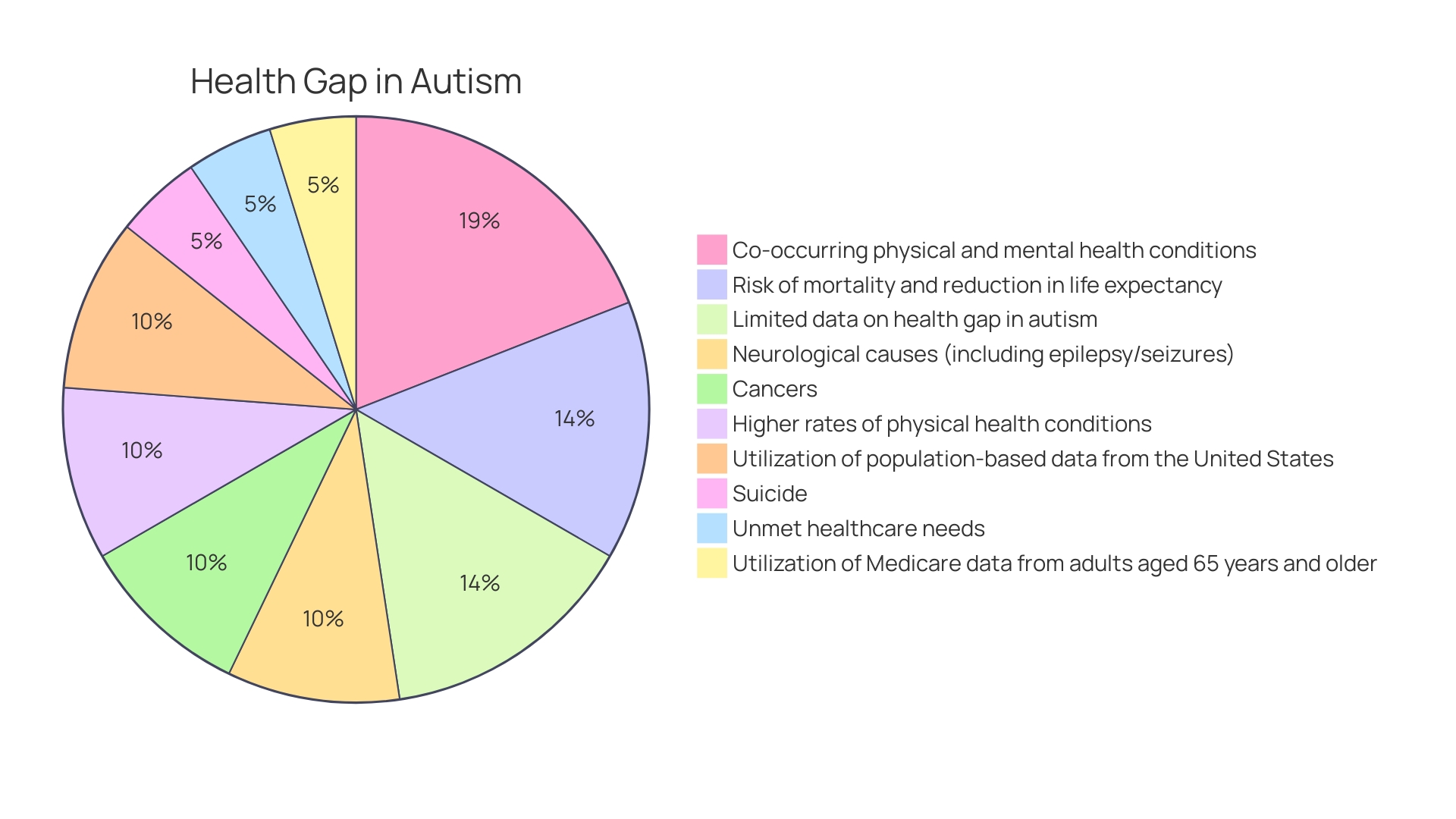
Support and Interventions for Nonverbal Autistic Individuals
Creating a nurturing ecosystem for nonverbal individuals with autism is paramount in fostering their growth and helping them realize their inherent capabilities. This involves establishing an environment that not only supports but celebrates their inclusion in all aspects of life—be it at school, at home, or during leisurely pursuits. The essence of such an environment aligns with the profound insights of Dr. David (Dan) R. Offord, who emphasized the importance of equity and mental health in the development of children with disabilities. By ensuring our societal structures accommodate the unique needs of individuals with autism, we strive to 'make the race fair,' as Dr. Offord poignantly expressed.
In our commitment to this ideal, an array of specialized interventions plays a critical role. Applied Behavior Analysis (ABA) therapy, for instance, can be tailored to meet the specific needs of those with nonverbal autism, respecting their identity and refraining from viewing their condition as a deficit. The social model of disability guides our approach, encouraging us to address the social barriers that create inequities, rather than focusing solely on the individual's impairment.
Moreover, the collaborative efforts of parents and professionals are indispensable. They serve as allies in the pursuit of accessible educational and therapeutic services that are sensitive to the nuances of each individual's experiences. Echoing the principles of disability rights movements, which have reshaped our understanding of liberty and justice, we now recognize the value of neurodiversity and the spectrum of neurological differences it encompasses.
Recent initiatives, such as those by Emirates and Dubai International Airport, demonstrate how adaptations to our social environments can significantly enhance the experiences of neurodivergent individuals. By offering rehearsal flying experiences, these institutions exemplify how practical adjustments can empower individuals with autism to navigate new experiences with confidence.
In light of the evolving landscape of disability studies and intervention research, it is evident that we must continue to critically evaluate and refine our practices. As we embrace the richness of neurodiversity, we pave the way for every individual to thrive, ensuring our societal race is not only fair but also just and inclusive.
Conclusion
Understanding nonverbal autism goes beyond the absence of spoken communication. This article has highlighted the experiences and capabilities of nonverbal individuals with autism, emphasizing the transformative power of communication tools and the importance of tailored approaches.
The stories of individuals like Joshie and Jordyn Zimmerman demonstrate the life-changing impact of communication tools. These tools provide a voice to nonverbal individuals, empowering them to express themselves and engage with the world.
Diagnosis and assessment should consider the individual's experiences comprehensively, going beyond verbal communication. Alternative communication methods, such as sign language and multimodal aids, play a vital role in helping nonverbal individuals express themselves.
Supporting nonverbal individuals with autism involves understanding their unique challenges in social interaction. Tailored interventions, visual supports, and role-playing can enhance social understanding and skills.
Recognizing the intelligence and capabilities of nonverbal autistic individuals challenges the deficit-focused view of autism. Nurturing their strengths and providing appropriate support can lead to unexpected achievements and contributions to society.
Creating a nurturing ecosystem for nonverbal individuals with autism involves inclusive environments that celebrate their inclusion. Specialized interventions, like Applied Behavior Analysis (ABA) therapy, should respect their identity and address social barriers.
In conclusion, understanding nonverbal autism requires a personalized, supportive, and empowering approach. By recognizing the rich inner world of nonverbal individuals, providing accessible communication tools, and fostering inclusive environments, we can ensure their well-being and empower them to thrive in all aspects of life.




